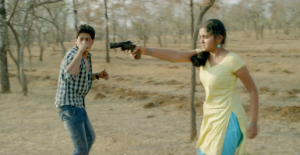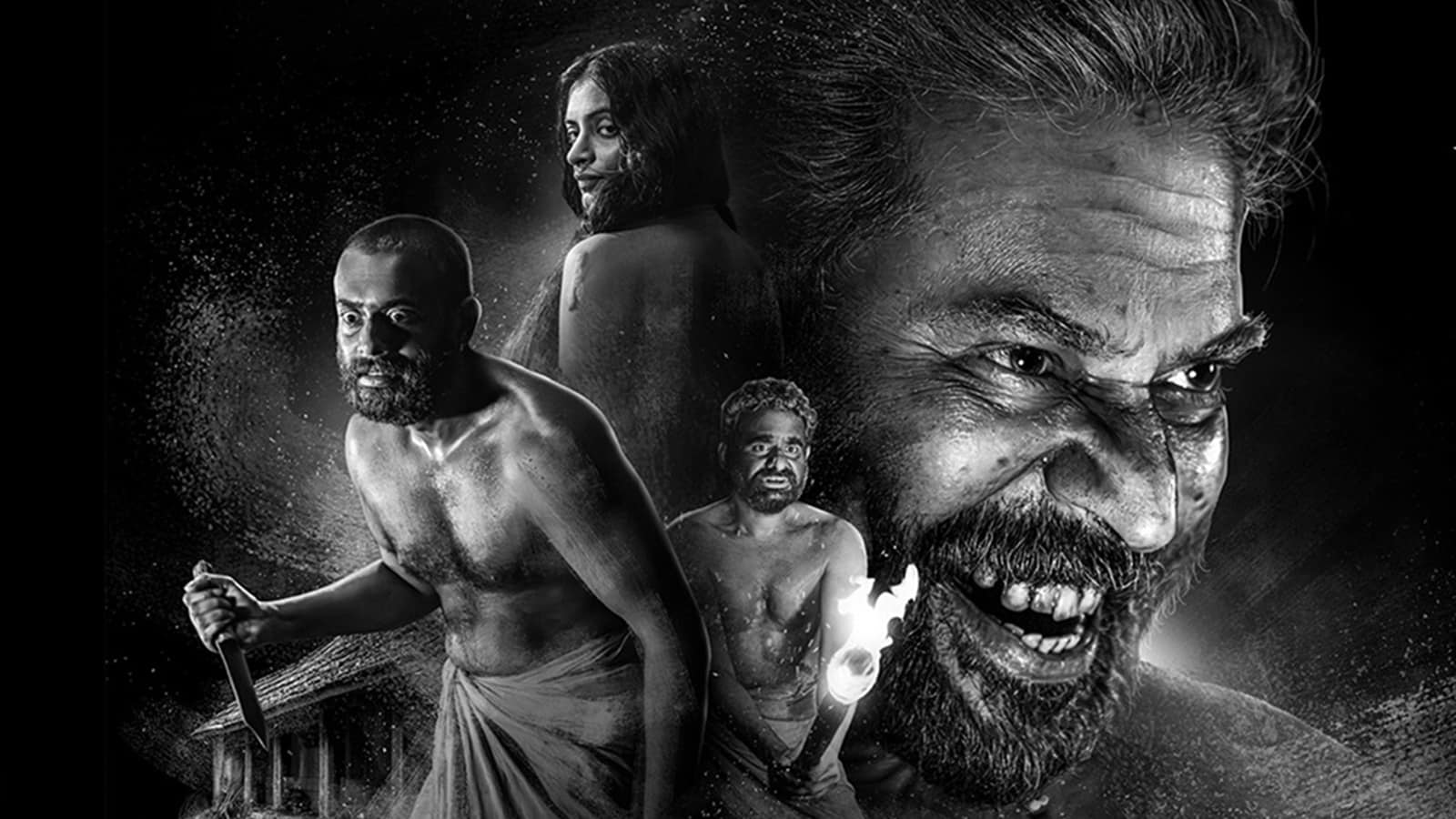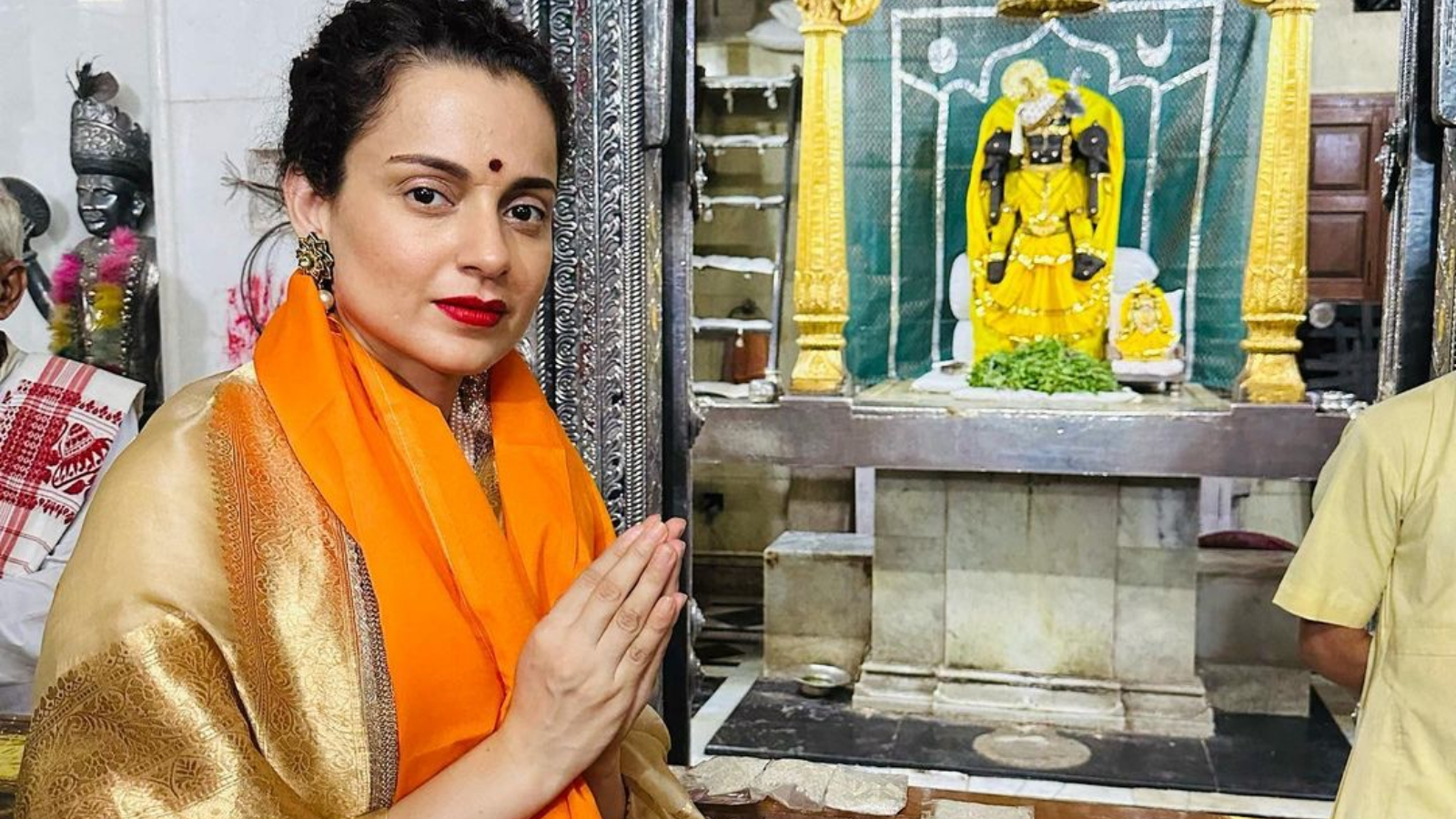The Bollywood business has always been adept at catching buzzwords and hashtags to serve the same old wine in a shiny new bottle. The recent surge of films especially customised for our half-woke audience is no different. New age directors are engaging with interesting themes and storylines where we see men and women disembarking from their conventional roles. From a man who sells pads to a housewife who works as an RJ for late night shows, we have plenty of such characters defying the preset roles for men and women.
But these stories are mostly replete with haww-ing aunties peeking from corners and jittery baujis objecting to every single thing, suggesting that these are just aberrations and socially abnormal activities, entitled to either our praise or critique. The first half of most of these films are dedicated to society reacting to men and women doing things which we don’t expect them to do.
The general structure of the film is pivoted to a socially aberrant male or female character who struggles with the community to ultimately find his or her voice. The focus therefore is more on the social reception and less on the individual’s struggles – suggesting that breaking away from convention is an episodic process and needs to be explored separately.

Still from Bareilly ki Barfi. Image Source: Songs Metadata
Mainstream films like Toilet: Ek Prem Katha, Tumhari Sulu, PadMan, Bareilly ki Barfi, Shubh Mangal Saavdhan etc. are said to have changed the face of Hindi cinema. There is no denying that these films have managed to initiate some positive conversation around the idea of gendered and non-gendered roles – but they have also contributed in making those ideas alien and isolated.
The fact that we don’t see non-gendered roles as normal emanates largely from the characterisation of male and female leads. As far as the female leads are concerned, we see assertive, ambitious and career-oriented women who refuse to adhere to the ideals set by the society. But their rebellious attitude appears to be artificial and unnaturally tucked into the storyline so as to garner applause from audience as well as critiques. It is quite rare when the unusual roles are explored seamlessly without reserving a moment of reception for it.
New age directors are engaging with interesting themes where we see men and women disembarking from conventional gender roles.
Bitti from Bareilly ki Barfi likes to smoke, drink and watch English films. Similarly Toilet: Ek Prem Katha’s Jaya abandons her husband when she finds that there is no toilet in his house. Sugandha in Shubh Mangal Saavdhan asserts her own choices unabashedly.
In all of these cases, plenty of time is invested in making such roles look like an out-of-the-box phenomenon. It is almost a formulaic practice now to stop midway and utter a social commentary on the practice via giggling female friends or anguished extended families.

A still from Toilet: Ek Prem Katha. Image Source: BollywoodMBD
One doesn’t have to make the audience aware of the fact that a smoking or drinking woman would be questioned or a woman will mocked if she decides to leave her husband’s house. Both Bitti (in Bareilly ki Barfi) and Jaya (in Toilet: Ek Prem Katha) have to face considerable amount of criticism and derogatory remarks for not adhering to social standards.
The characterization of male leads in films is no different. From PadMan to Shubh Mangal Saavdhan, we have men who defer from their traditional roles. They are not typical macho men tending their fragile male ego but men who support their female partners and fearlessly express their insecurities. In PadMan, Laxmikant not only builds a low-cost pad-making machine but also goes ahead to spread awareness about it. Similarly Mudit in Shubh Mangal Saavdhan opens up about erectile dysfunction in front of family and friends without feeling a sense of shame.
It is quite rare when the unusual roles are explored seamlessly without reserving a moment of reception for it.
Creating such characters is a positive step towards breaking away from gendered stereotypes, but must we embellish such scenes with melodramatic dialogues and low-angle shots? Must we deify men for being so generous towards women? These ‘unmanly’ men don’t have to narrate moralistic speeches with emotionally stirring background scores. They are not obliging the women or even themselves for being so.
One might argue that these are mere reflections of how society operates in general but films have the creative liberty to normalise the trend and it is high time they should. Nagraj Manjule’s Sairat is an excellent example of how one can normalise non-gendered roles in films. The film explores the relationship between an upper caste girl and a lower caste boy who run away from societal shackles to live life on their own terms. Although the film is based on a larger frame of caste-based differences, it also explores conventional gender roles in a subtle manner.
There are not one but many ways in which both of these characters challenge traditional distinctions without creating a fanfare about it. We see Archie (female protagonist) riding a motorbike and fearlessly expressing her feelings to the person she loves. She is never forced to cook when both of these characters shift to another city. There is no ‘haww’ing aunty who mocks her inability to cook or who persuades her to learn how to cook. She rides the scooter while her husband sits at the back with baby on his lap and is indeed an epitome of how a woman should be comfortable in being her true self.

Still from Sairat. Image Source: Brown Girl Magazine
The male protagonist is also not like the conventional filmy hero and his uniqueness is also not the highlight of the film. Parshya (male protagonist) falls in love with Archie but never tries to ‘win’ her feelings in any way. He cooks at home and doesn’t hesitate from sitting at the backseat with his child. Unlike other heroes, he doesn’t try to woo Archie’s father to achieve the climactic ‘Jaa Archie Jaa’ moment. Here is a hero who is just being himself and is not receiving any applause for being so. A man and a woman need not be shamed, mocked or even valorised for being their natural self.
films have the creative liberty to normalise the trend and it is high time they should.
Hindi cinema is changing with time and we do see a significant change in the way themes are explored these days. New age scriptwriters are investing time in creating non-gendered character roles but in order to look at it as an everyday affair, it has to be normalised. We need to see men and women in their self-chosen roles which are neither venerated nor condemned.
Also Read: Dhadak Fails to Understand What Made Sairat Special
Featured Image Source: Enfield Bull Tech




